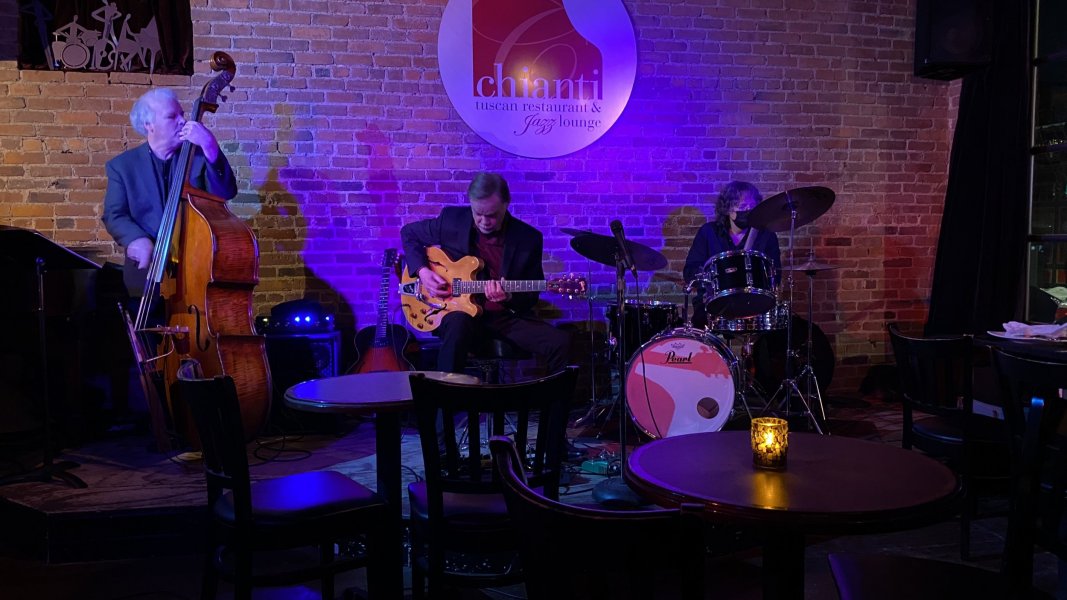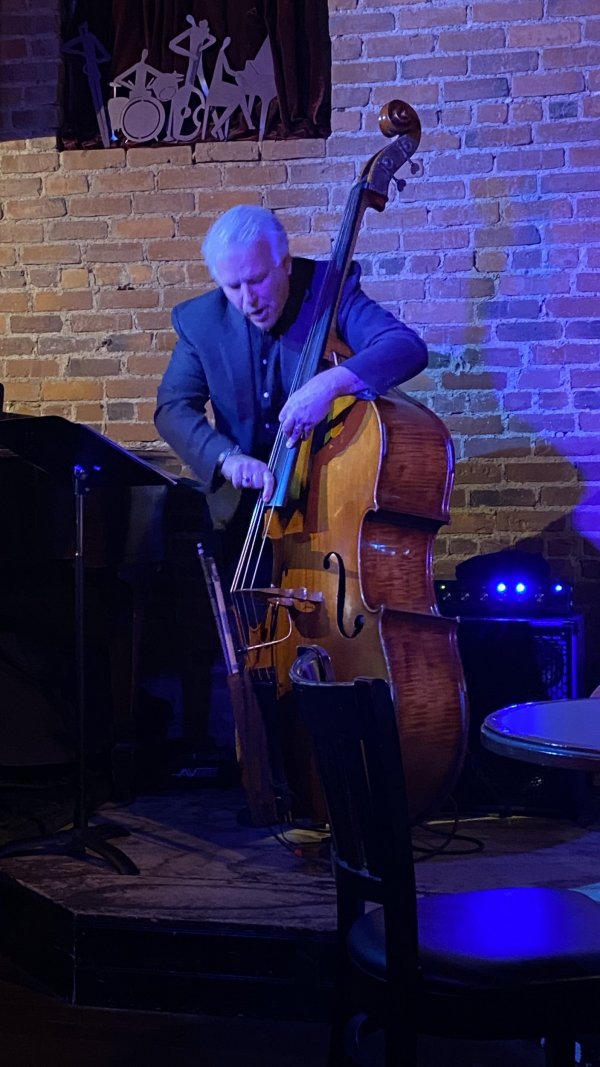I am no expert, but to me I think the attribution is misdirected to horns in general, and should instead be directed to vintage technologies (SET’s, high-efficiency paper cone speakers with cloth surrounds, field-coil speakers).
I mean no disrespect with this comment. What are called vintage technologies are still found in modern products or in some instances being rediscovered. One thing I hope is we never start talking about vintage sound.




